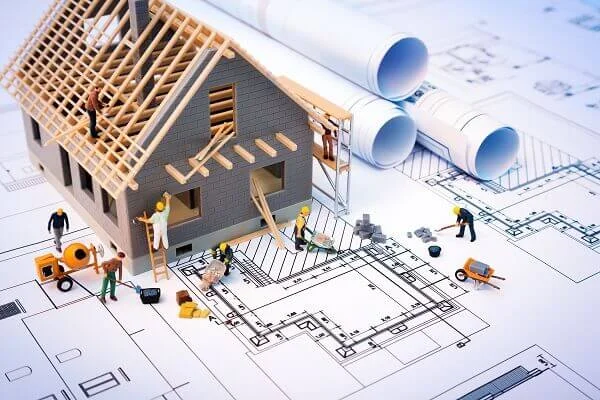Skilled California Lawyers
When you contract to provide building or construction services to an owner, property developer or contractor, you typically do not get paid for the entirety of your work up front. Instead, you may receive an initial deposit or payment to begin the work, with the remainder of the funds to be provided on completion.
While this arrangement works well in theory to keep both parties fair, the reality is that subcontractors, craftsmen, and laborers can be placed in a situation where they are not paid for the work they have performed. Mechanic’s liens exist to give these individuals some recourse for the money that is due to them.
Who Can File Mechanic’s Liens in Rancho Cucamonga?
Under California law, mechanics liens are available to persons who provide work for improvement of a property. Under the statute, this can include, but is not limited to:
Direct contractors
Subcontractors
Material Suppliers
Laborers
Design professionals
The work at issue must be “authorized.” This means that it must be either performed at the request or agreement of the owner of the property, or it must be authorized or requested by a party such as a direct contractor who is responsible for the overall site improvement.
How Does the Mechanic’s Lien Process Work?
The California mechanic’s lien process is full of important deadlines and steps which must be followed carefully or an individual can lose their rights to a mechanic’s lien. The first step is the serving of a 20-day preliminary notice that you have the right to record a mechanic’s lien.
As the name suggests, this notice only protects you for claims that have accrued in the last twenty days before the notice was filed. This means that contractors and other laborers must be careful to serve a notice promptly upon failure to be paid. If you wait too long you may lose your right to recover for earlier work you performed.
There are two exceptions to the 20-day notice requirement: (1) for work you contracted directly with the owner for, and (2) for wages a laborer has not been paid.
After serving the notice, the next step is to record the mechanic’s lien. A mechanics lien can only be recorded after work is completed. However, after work is completed there are also deadlines within which a mechanic’s lien must be recorded.
If there is no notice of completion recorded for the project, then a mechanic’s lien must be recorded within 90 days of completion of the work. If a notice of completion has been recorded, the deadlines vary based on the party. For example, a general contractor must record within 60 days after the notice of completion, while a subcontractor must record within 30 days.
Finally, you must file your lawsuit to recover under the mechanic’s lien within 90 days of recording your lien. If you fail to file within the 90 day period your lien becomes unenforceable.
California Attorneys Assisting You in Properly Recording and Recovering Under Your Lien
Lien procedures in California are highly specific and must be followed perfectly in order for a contractor, subcontractor, or laborer to recover under the lien statutes. Because the steps that you must take and the deadlines you must follow vary based on your own status, it is often helpful to consult with an attorney who is experienced in handling mechanics liens.
At CKB Vienna, LLP, our attorneys frequently assist clients in recording mechanics liens, as well as handling the legal issues that arise when other parties to a project file a lien. For more information, contact us online or at (909) 980-1040.

